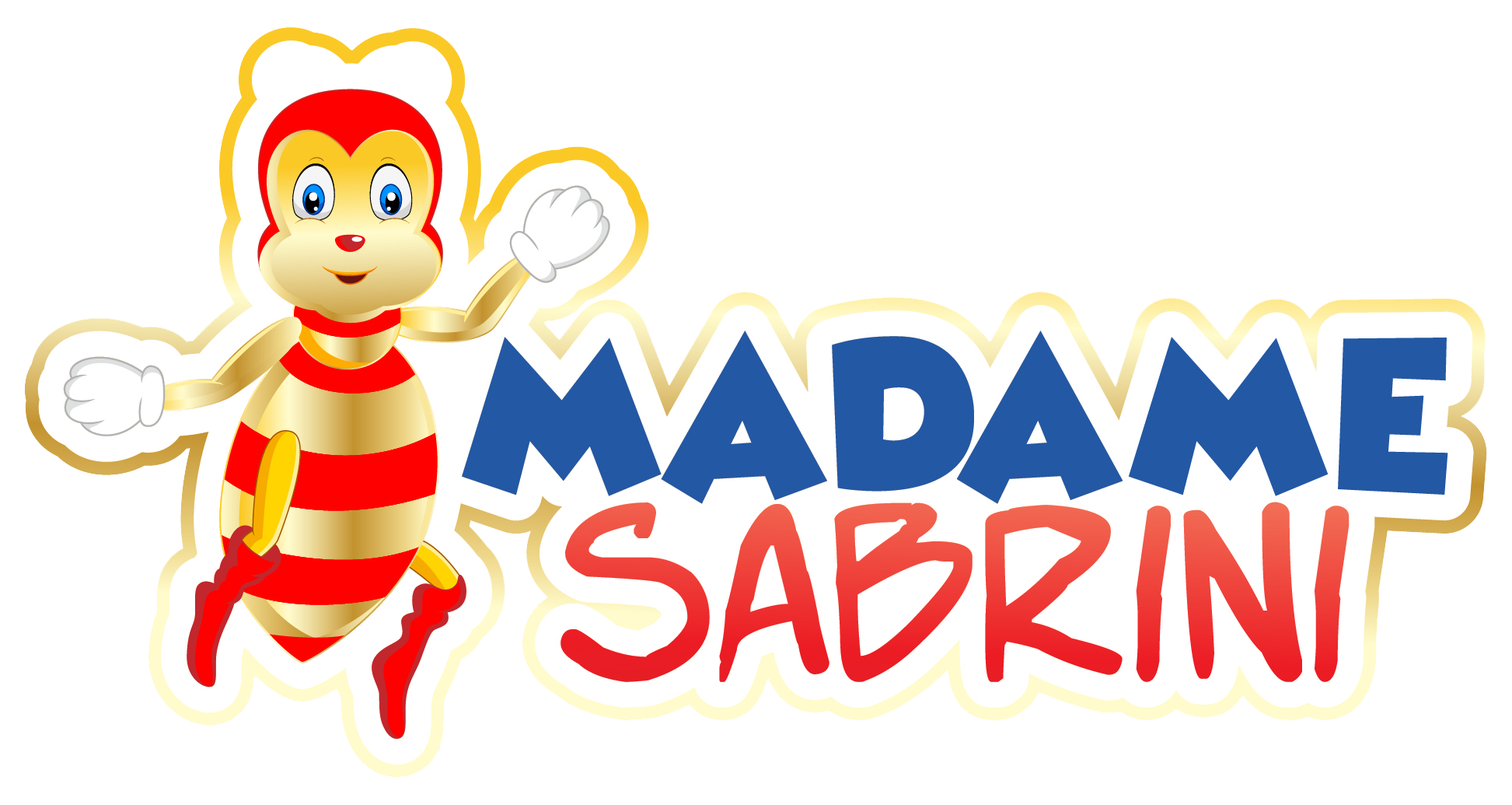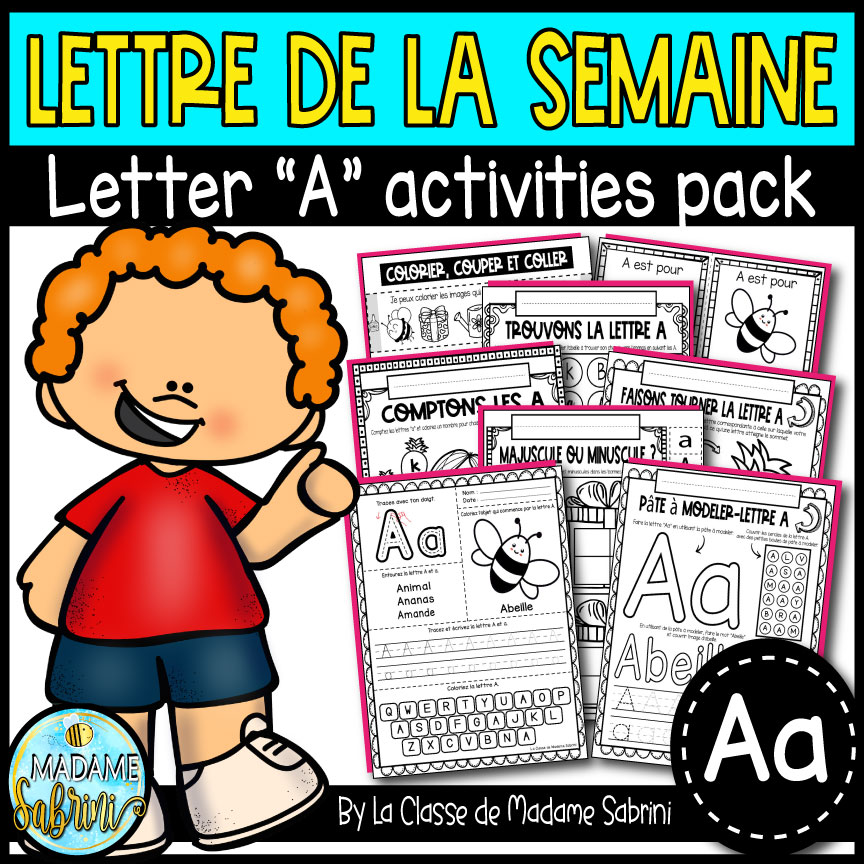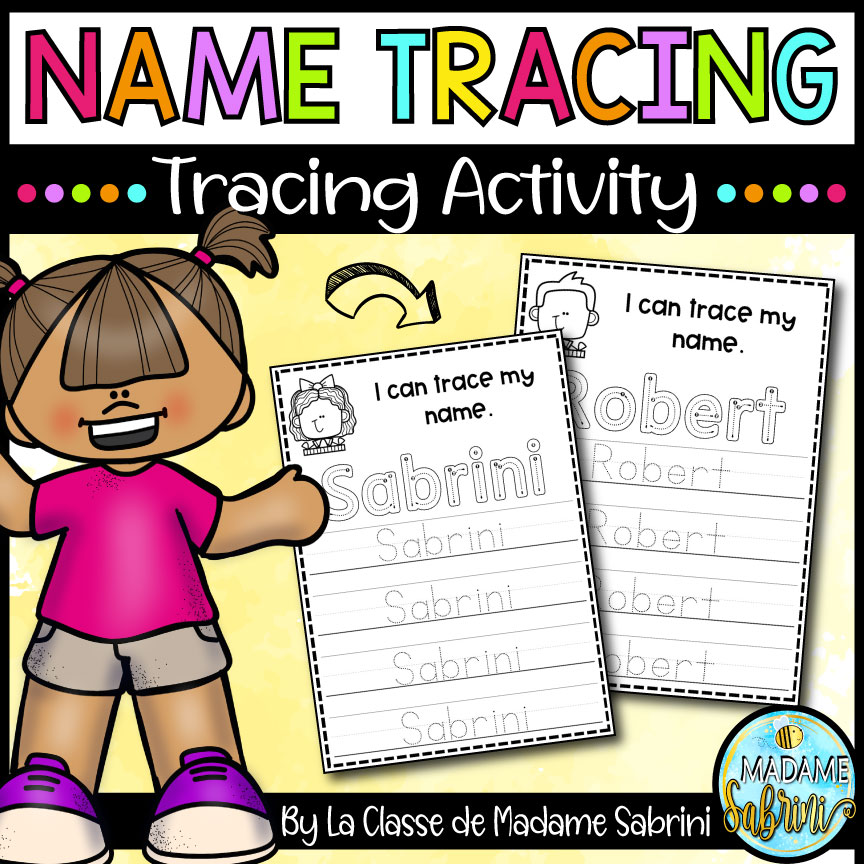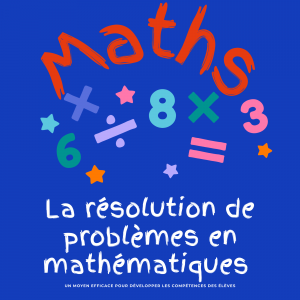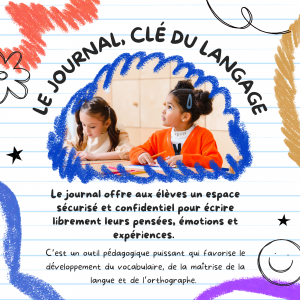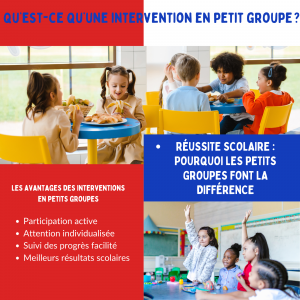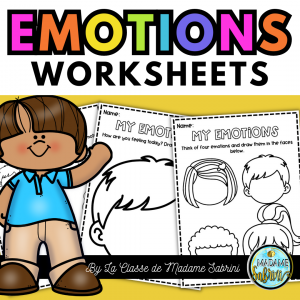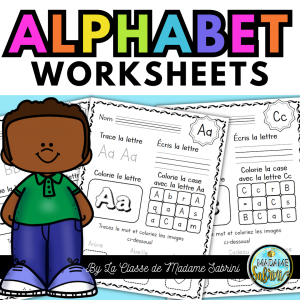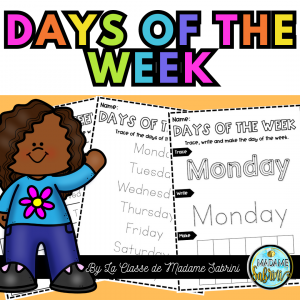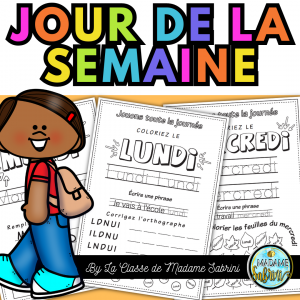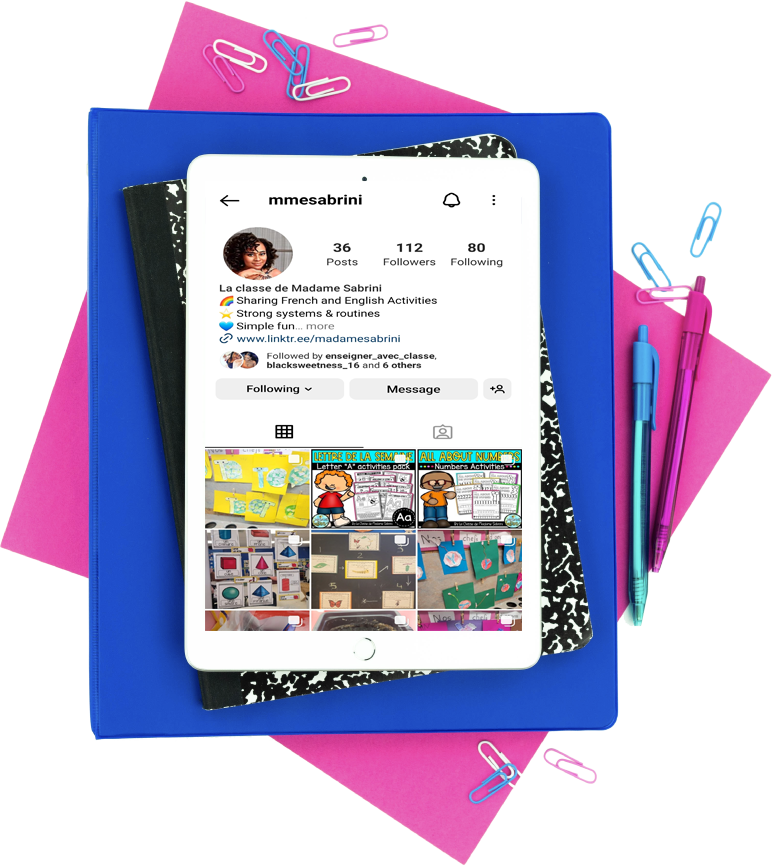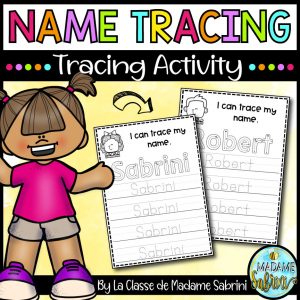As children transition from preschool to kindergarten, one of the key skills they develop is writing. Writing is not just about putting letters together to form words; it also includes skills such as letter recognition, sentence formation, and spelling. Literacy centers provide a perfect platform for kindergartners to develop and improve their writing skills. In this blog post, we explore some of the best literacy centers for kindergarten students that are both fun and educational.
What is a literacy center?
A literacy center is a designated area in the classroom where students can work on various reading and writing activities independently or with a small group. These centers are created and organized by the teacher, and each one is designed to reinforce and develop different literacy skills in young learners. A well-planned literacy center can be a dynamic learning environment that promotes critical thinking, creativity, and language development. Some examples of literacy centers for kindergarten students may include a writing station, a listening station, a word-building center, a reading corner, or a phonics center. Overall, literacy centers are a valuable tool that allows teachers to differentiate instruction, target specific learning objectives, and foster a love of reading and writing in their students.
The importance of writing in kindergarten
As a teacher, it’s important to recognize the significance of writing in the development of kindergarten students. Writing is a fundamental skill that helps young learners build language, express ideas, and develop critical thinking skills. Kindergarten is a crucial time for students to develop these skills as they begin to make sense of the world around them and communicate their thoughts and experiences.
Writing allows kindergarteners to express their creativity and imagination, and it also helps them learn to structure and organize their ideas. By developing writing skills early on, students can lay the foundation for academic success and become more confident communicators in all areas of their lives.
Moreover, writing also serves as an effective tool for assessment and evaluation. As a teacher, you can observe students’ writing abilities and track their progress over time. This information can help you design effective lesson plans and tailor instruction to meet the unique needs of each student.
In short, the importance of writing in kindergarten cannot be overstated. It is a key component of language development, critical thinking, and academic success. As teachers, we must prioritize and support writing instruction in order to set our students up for a lifetime of effective communication and learning.
The benefits of literacy centers
As mentioned earlier, literacy centers offer an excellent opportunity for kindergarten students to engage in interactive and fun activities while improving their writing skills. Here are some of the significant benefits of incorporating literacy centers in the classroom:
- Encourage Independent Learning: Literacy centers allow students to work independently, helping them develop essential skills like problem-solving, decision-making, and critical thinking.
- Cater to Different Learning Styles: Every student has their unique learning style, and literacy centers help address individual learning needs. Centers offer a variety of activities, including writing prompts, storytelling, and phonics games, allowing every student to find something that appeals to them.
- Enhance Creativity: Writing and reading go hand-in-hand in literacy centers. The more exposure students have to different types of texts, the more their imaginations are sparked, encouraging them to think more creatively.
- Develop Social Skills: Some centers allow students to work together in groups or pairs, promoting communication, collaboration, and teamwork.
- Boost Confidence: With their ability to work independently and practice their skills in a fun and engaging environment, literacy centers can help boost students’ confidence in their writing abilities.
- Make Learning Fun: Finally, the best thing about literacy centers is that they make learning fun! By taking a break from traditional classroom activities, students can have a blast while developing valuable literacy skills that will benefit them for years to come.
Overall, the benefits of literacy centers in kindergarten are numerous, making them an excellent addition to any classroom. As a teacher, taking the time to set up a variety of centers and incorporating them into your daily routine can help make learning an enjoyable and enriching experience for your students.
The best literacy centers for kindergarten
- Letter and sound recognition center:
In this center, students can practice recognizing and matching letters with their corresponding sounds. This can be done through various activities like sorting letter blocks, playing letter bingo, and practicing letter formation with playdough.
- Writing center:
The writing center is an essential part of kindergarten literacy centers. Students can practice writing their name, letters, words, and simple sentences. Writing activities like tracing letters, using stampers, and drawing pictures and labeling them can make the writing center fun and engaging for young learners.
- Listening center:
A listening center is a great way to encourage students to love reading and improve their listening skills. Students can listen to books on tape or CDs and follow along in the accompanying book. This activity not only develops listening and comprehension skills, but also helps students improve their reading fluency.
- Sight word center:
In this center, students can practice recognizing and reading sight words, which are words that are commonly used in everyday reading. Activities like sight word memory games, sight word Bingo, and using playdough to form sight words can help reinforce the learning of sight words.
- Phonemic awareness center:
Phonemic awareness is the ability to hear and manipulate individual sounds in spoken words. In this center, students can practice this skill through various activities like rhyming games, sound sorting, and phoneme substitution.
Overall, incorporating literacy centers into a kindergarten classroom can be a great way to foster a love of reading and writing while also helping students develop crucial literacy skills. By setting up a variety of centers and incorporating fun and engaging activities, students can learn while also having fun.
How to set up a literacy center
Setting up a literacy center in your kindergarten classroom is a great way to engage your students in a variety of fun and educational activities that will help them develop their writing skills. Here are some tips to help you set up your own literacy center:
- Choose a location: First, choose a location for your literacy center. This should be an area in your classroom where students can work comfortably and without distractions. Consider the size of your class and the materials you will need when selecting a space.
- Select materials: Next, gather the materials you will need for your literacy center. These may include writing paper, pencils, markers, alphabet flashcards, letter magnets, word building blocks, and more. Be sure to select materials that are age-appropriate and will engage your students.
- Organize materials: Once you have selected your materials, organize them in a way that makes sense for your students. This may mean separating them by skill level or type of activity. Labeling bins or shelves can be a helpful way to keep everything organized and easily accessible.
- Rotate activities: To keep your literacy center fresh and engaging, consider rotating the activities regularly. This can be done weekly or monthly, depending on how frequently you want to switch things up. Be sure to include a variety of activities that will challenge your students at different levels.
- Model expectations: Before introducing your students to the literacy center, model how to use the materials and set clear expectations for behavior. Show them how to use each item and what they can do when they need help. Reinforce positive behavior and correct any missteps.
By setting up a literacy center in your classroom, you are creating a fun and engaging learning environment that will help your students develop important writing skills. By following these simple steps, you can create a successful literacy center that will benefit your students all year long.
How to use a literacy center
Once you have your literacy center set up, it’s important to make sure your kindergarten students know how to use it effectively. Here are some tips to help you get started:
- Provide clear instructions: Make sure your students know exactly what they need to do when they visit the literacy center. Provide written or visual instructions if necessary.
- Model the activity: Demonstrate the activity yourself before letting the students have a go. This will help them understand what’s expected of them and how to complete the task successfully.
- Set expectations: Set clear expectations for behavior and work quality while using the literacy center. This will help keep the center organized and productive.
- Rotate activities: Keep things fresh by rotating the activities in your literacy center. This will help maintain interest and engagement from your students.
- Monitor progress: Make sure to monitor your students’ progress while they work in the literacy center. This will help you identify any areas where they may need additional support or instruction.
- Celebrate successes: When students complete an activity successfully, make sure to celebrate their achievement. This will help build confidence and encourage continued learning.
Overall, using a literacy center can be a fun and effective way to help your kindergarten students build important literacy skills. With a little preparation and guidance, your students will be well on their way to becoming strong writers and readers.
